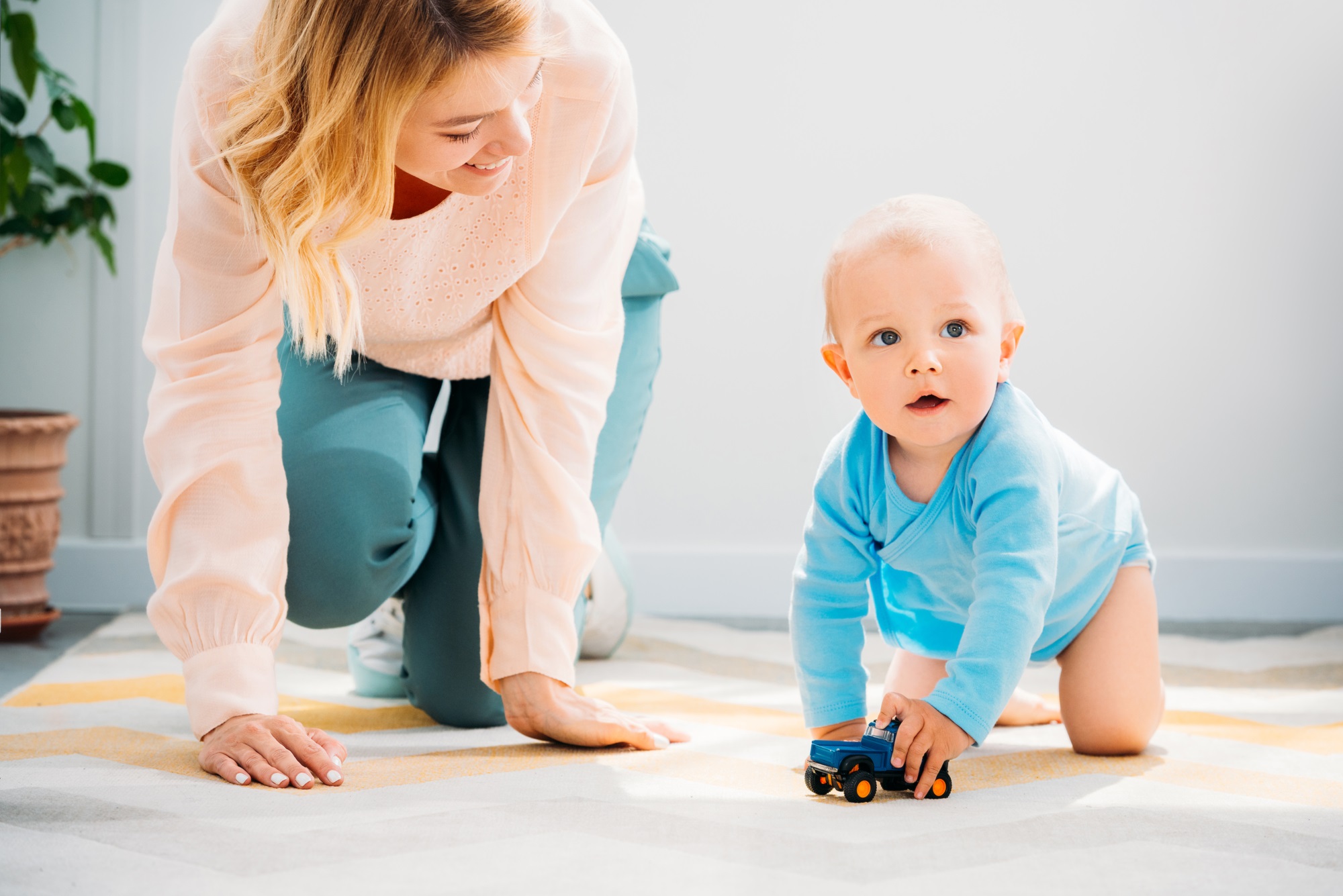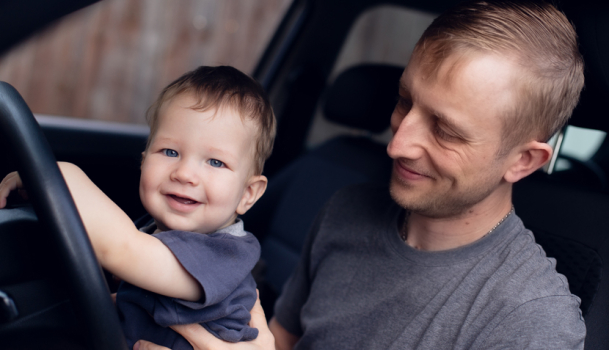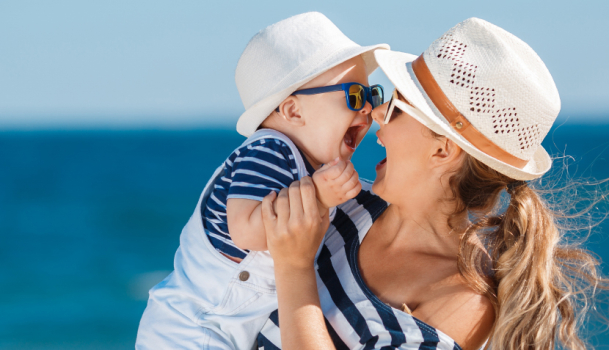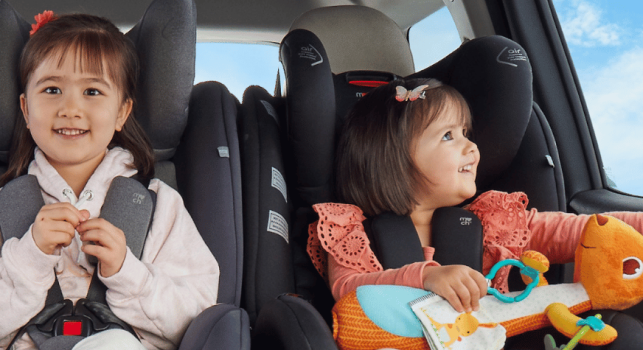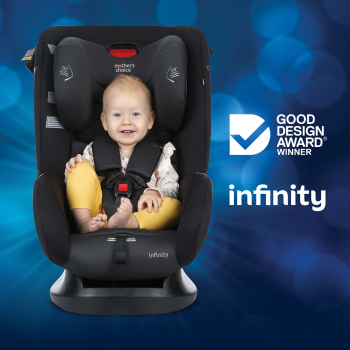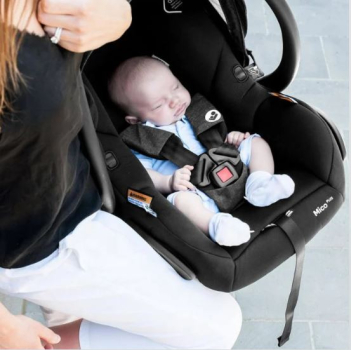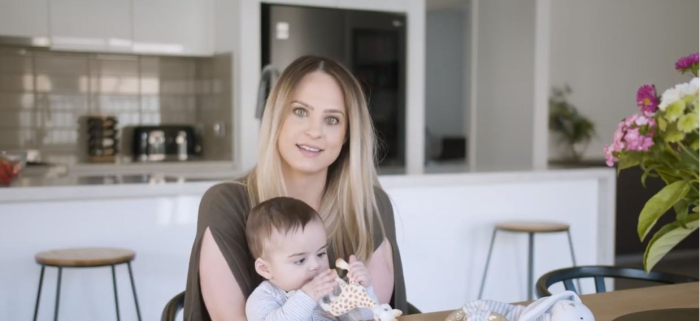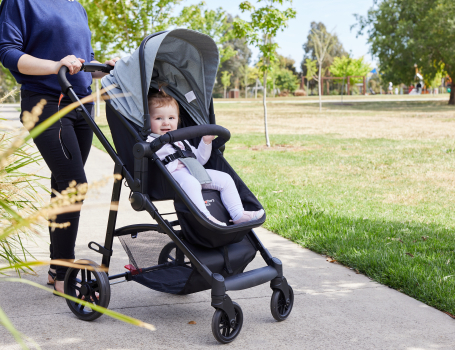Choosing the right convertible car seat for your child is one thing… installing it, well that is a whole other story.
With all of the convertible car seats on the market, how do you navigate the various installation methods and know if your car seat is installed as it should be?
At Mother’s Choice, we want to give parents confidence in our products… and confidence in how to use them safely. So no matter whether you have chosen the Summit ISO 30 or the Adore AP convertible car seat, you can have peace of mind that you are getting a secure installation in your car.
Convertible car seats explained
Convertible car seats are harnessed and can be used from birth to approximately four years of age. Essentially, they grow with your child seeing them from their first car trip onwards through the many on the road adventures of their first few years.
Every convertible car seat will have different features, but some of the things you might want to look out for are:
- How easy it is to adjust the headrest
- Features that ensure the comfort of your little one such as wicking fabric
- The size or width of the car seat (particularly important if you would like to install more than one car seat in your car)
- Added safety features such as Air Protect™ technology
- Features that make installation simpler such as ISOFIX
Rear vs forward facing
Convertible car seats allow for both rear and forward facing installation, giving you flexibility as your baby grows.
By law, before six months of age, babies must be seated in a rear facing car seat. Beyond this age, you can follow the height markers on your car seat as the guide for when to turn your child’s car seat to a forward facing position. Mother’s Choice offer car seats with approx. 12 month & 30 month extended rearward facing.
The benefit of a convertible car seat is that it can give parents the option of extended rear facing for their child.
ISOFIX installation
ISOFIX is a simple installation system that was first introduced to Australia in 2014. While it is relatively new here, many modern cars are equipped with ISOFIX tethers. It’s best to check your car manual to see if your car is ISOFIX compatible.
When installing an ISOFIX compatible convertible car seat into your car, you simply click the ISOGO attachment clips into the ISOFIX tethers and pull the straps to tighten. If you have tightened the straps sufficiently to achieve a secure installation, the indicator on the attachment clip will turn from red to green. If the indicator doesn’t change colour, you know you need to tighten the straps further.
Not all seats will have ISOGO attachments so if this is an important feature to you, it’s best to do your research before you purchase. In the Mother’s Choice convertible car seat range, the Summit ISO 30, Accord AP and Adore AP are all fitted with ISOFIX.
Seat belt installation
Even if your car seat is ISOFIX compatible, your car might not be, and vice-versa. And that’s why with all convertible car seats, you have the option to install the seat with your car seat belt. This is the “traditional” method of installing car seats so if you have older children this may be what you are familiar with.
With a seat belt installation, you feed the car seat belt through the marked belt path on your car seat and then clip the seat belt in. No matter which installation method you are using, you should always read the manual that comes with your convertible car seat to ensure you are installing the car seat to the manufacturer’s instructions. This is the best way to ensure a safe and secure installation.
For example, some convertible car seats may have a different belt path for rear facing installations and forward facing installations. To ensure the seat is able to perform its role, i.e. keeping your child safe in the case of an accident, it’s vitally important that the correct belt path is used.
Top tether strap
Regardless of the type of the installation method you use (ISOFIX or seat belt installation) you will always use the top tether strap to secure your car seat. The top tether strap attaches to the anchor point behind the seat (which is usually accessed from the boot of your car).
In the case of rear facing installations, the top tether strap wraps around the car seat and can be loosened or tightened to get your baby in and out of the car seat. For forward facing installations, you might not even really notice the top tether strap from day to day, but rest assured that it is playing an important role in keeping your car seat secure.
As with the correct way to install an ISOFIX seat or use the seat belt to install your car, your car seat manual is the source for information on how to accurately install the seat.
Professional car seat installations
Car seats are not required to be installed by a professional car seat installer under Australian law.
However, you might be surprised to learn that more than half of all car seats are installed incorrectly. So while it is not a legal requirement that you have your car seat installed professionally, you may prefer to do so for peace of mind.
Many Specialty Baby Retailers offer car seat installation services so check with them or through your state’s road authority for a list of authorised installers.
If there is one message you can take away from reading this, it is that a safe and secure installation relies on following the instructions specific to the car seat you have purchased. Not all car seats will be installed in exactly the same way due to differences in recline, belt paths etc., so be sure to read the manual that comes with your car seat before you start the process.
Need help finding the right product for your child?
Our business hours are Mon-Fri, 8:30am - 5:00pm AEST.

